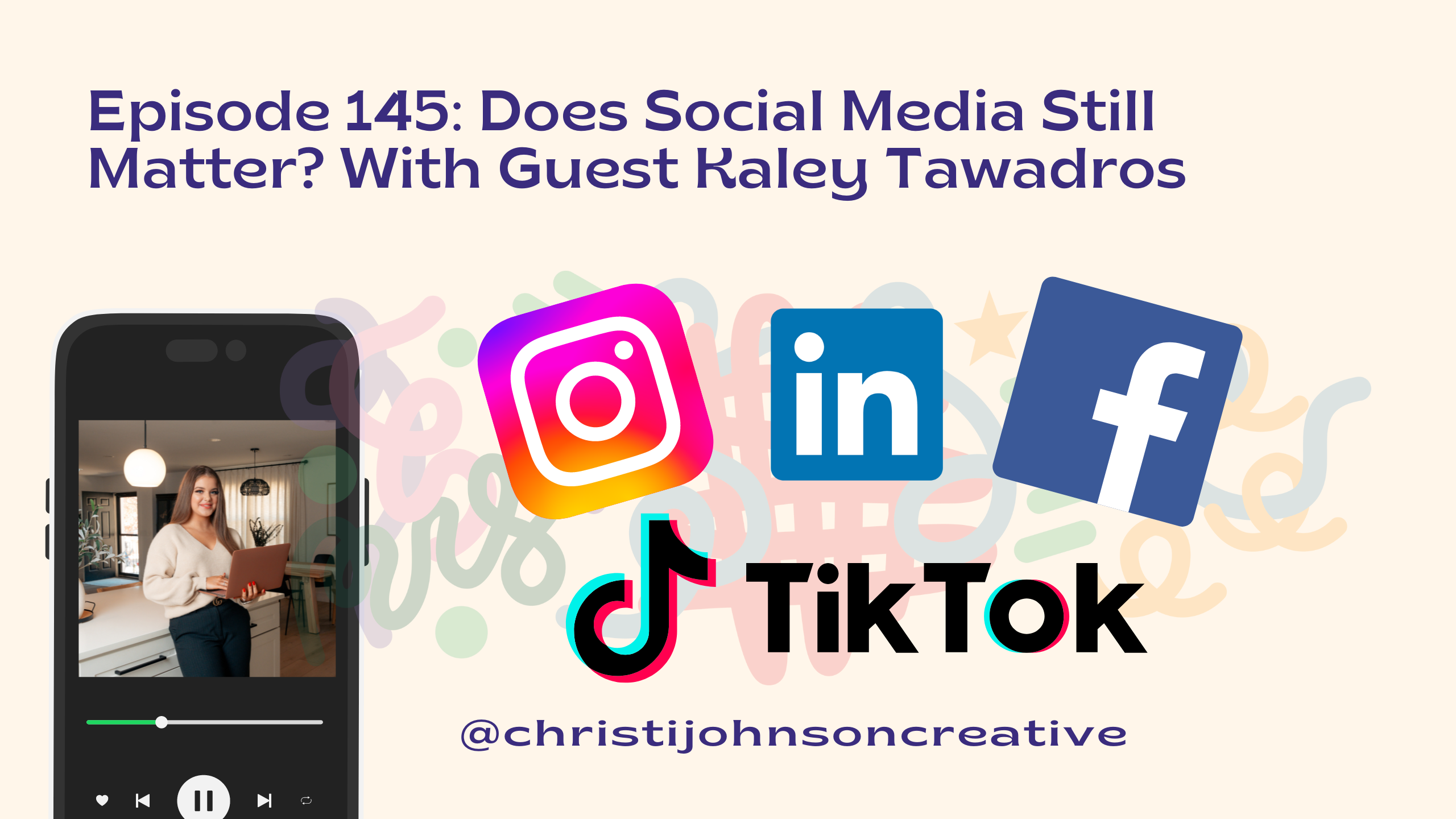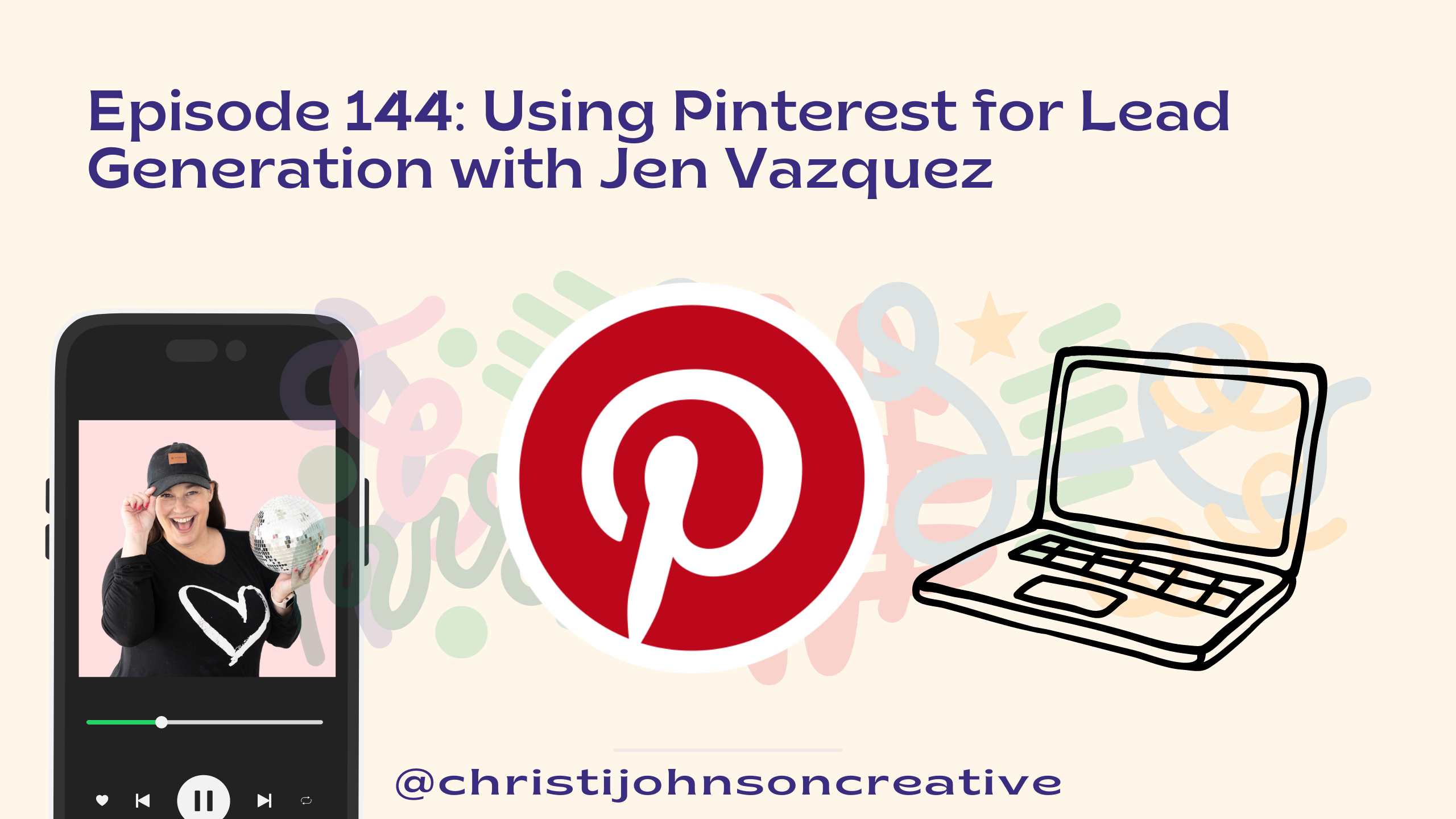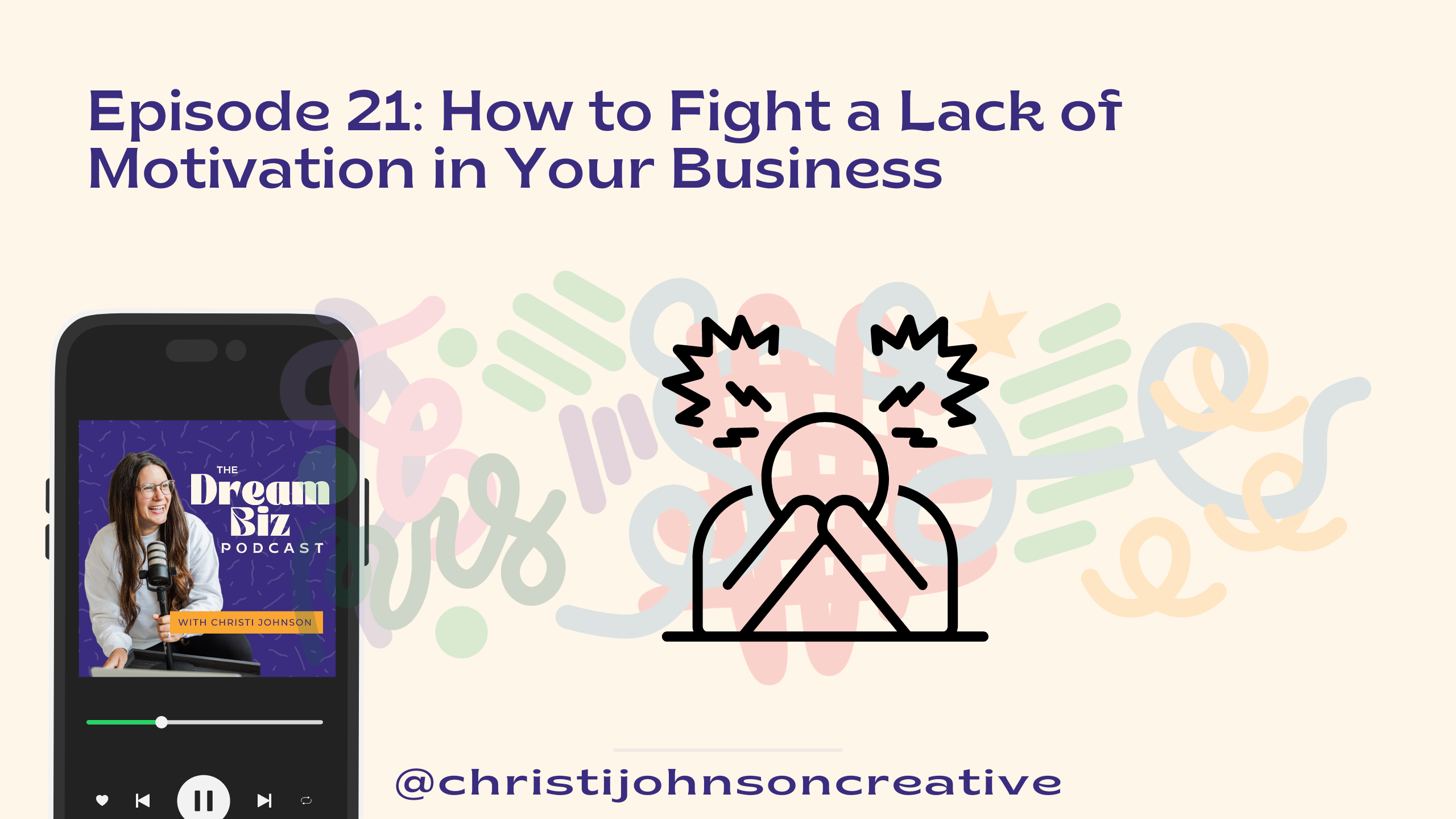Welcome to another episode of The Dream Biz Podcast, where we help business owners streamline, automate, and grow their businesses. Today, we have an exciting guest, Amanda Warfield, a content marketing strategist and published author. Amanda shares her expert insights on how to shift your focus away from the frustrating algorithm and create a content strategy that generates results.
Understanding the Algorithm: Why It’s Not Working for You
The first thing to understand is that the algorithm isn’t designed to help small business owners. As Amanda explains, the algorithm’s main purpose is to benefit the CEOs of social media platforms by keeping users engaged longer, which translates into more ad revenue for them. The algorithm is not tailored to boost your business.
Instead of focusing on making the algorithm work for you, it’s essential to shift your mindset and concentrate on what truly matters—building relationships and making sales. Many entrepreneurs waste hours each week trying to please the algorithm, which can be a massive drain on your time.
Shifting Your Focus to What Matters: Relationships and Sales
If you’re not supposed to obsess over the algorithm, then what should you focus on? Amanda encourages entrepreneurs to concentrate on building relationships and making meaningful connections with their audience. “We don’t need massive audiences,” Amanda emphasizes. “We need small, engaged audiences who are invested in what we offer.”
By focusing on building relationships and staying consistent with your content, you not only build trust with your audience but also increase your chances of making sales. People buy from those they feel connected to, and that connection grows through consistent engagement and meaningful interactions—not through gaming the algorithm.
The Content Sundae: A Simple Framework for Content Creation
To simplify your content strategy, Amanda introduces the concept of the “Content Sundae.” Like a dessert, this framework consists of three essential layers:
- The Ice Cream (Value-Based Content): This is the foundation of your content. It should be educational, insightful, and helpful to your audience. Your primary focus should be on providing value and solving your audience’s problems.
- The Topping (Sales Content): While it might feel uncomfortable to be “salesy,” it’s crucial to let your audience know what you offer. Your sales content should be generously layered on top of your value-based content to guide your audience toward making a purchase.
- The Sprinkles (Personality Content): Lastly, sprinkle in your personality to build deeper connections. Amanda praises Christy for naturally sharing behind-the-scenes moments, hobbies, and interests, which helps potential clients feel more connected to her on a personal level.
Planning Your Content: Strategy vs. Plan
It’s vital to distinguish between a content strategy and a content plan. Amanda explains that a content strategy is the backbone of your marketing efforts, similar to the steel bars in a skyscraper. The content plan, on the other hand, is the decoration—the topics and timing of your posts.
To create an effective strategy, you need to begin with your business goals. Break your revenue goals down by quarter and month, and then align your content with those goals. Once you know what offers you need to sell, you can create a plan to market them effectively. A strategy ensures your content leads people toward making a purchase, rather than aimlessly trying to please the algorithm.
Four Keys to an Effective Content Strategy
Amanda highlights four essential elements for creating a successful content strategy:
- Alignment: Ensure consistency across all content platforms. Whether someone reads your blog, listens to your podcast, or follows you on social media, your messaging should be cohesive.
- Connection: Always connect your content back to your goals. If you’re launching a new product, your content should lead your audience toward that product.
- Messaging: Your messaging should be clear and consistent, making it easy for your audience to understand your offers and the value you provide.
- KPIs: Track your Key Performance Indicators (KPIs) to measure the effectiveness of your content. KPIs might include email open rates, sales page views, or conversions. Monitoring these numbers helps you tweak your strategy as needed.
Conclusion: Focus on Messaging, Not the Offer
One of Amanda’s final pieces of advice is that if your content isn’t converting, it’s usually the messaging, not the offer, that needs to be adjusted. Too often, entrepreneurs think their offer isn’t good enough, but in reality, a tweak in messaging can make all the difference.
By following these steps, you can break free from the algorithm’s grip and build a content strategy that drives sales and strengthens relationships with your audience.
If you’re ready to take control of your content and marketing, connect with Amanda on Instagram at @MrsAmandaWarfield, or take her free quiz at AmandaWarfield.com/quiz to discover the best marketing strategies for your business. You can also check out her book, Chasing Simple Marketing, for more insights into building a successful content strategy.
Join us next week on The Dream Biz Podcast for more actionable tips to help you create the business of your dreams!
Need help building the business of your dreams? Book a discovery call with me!






